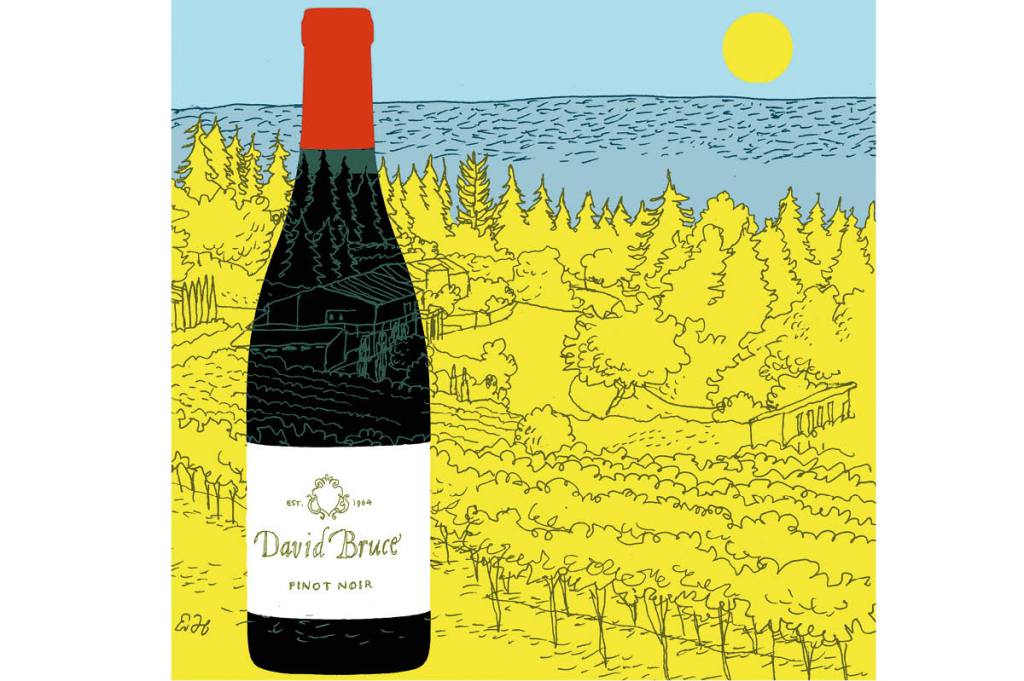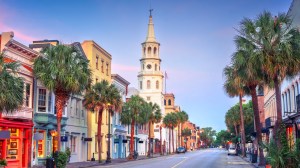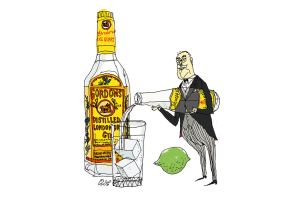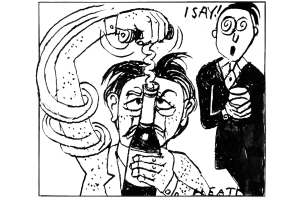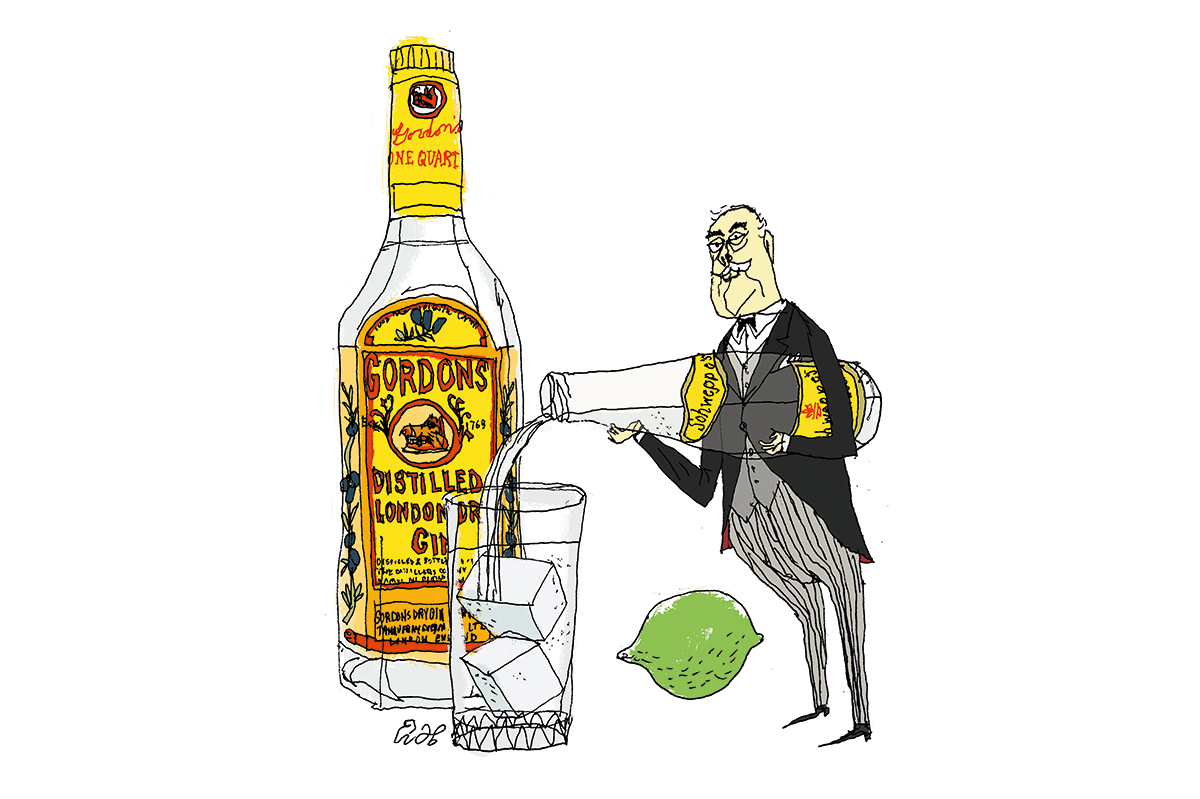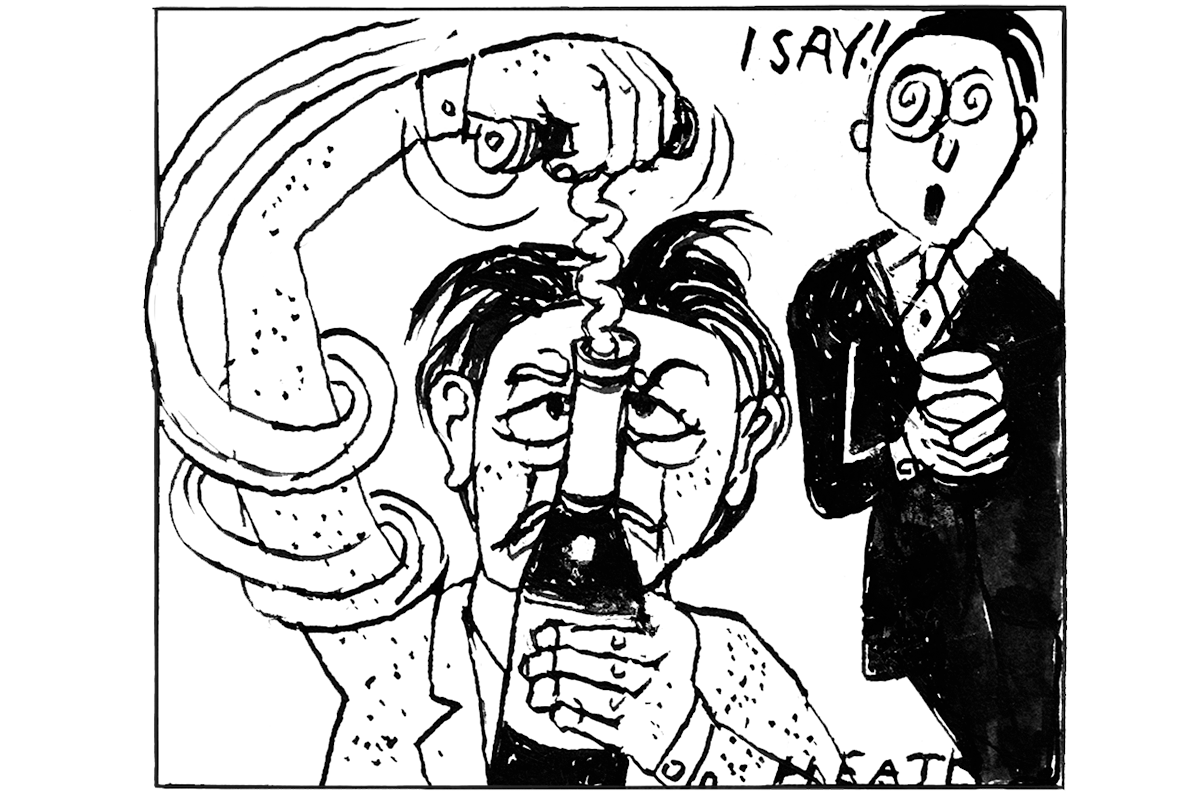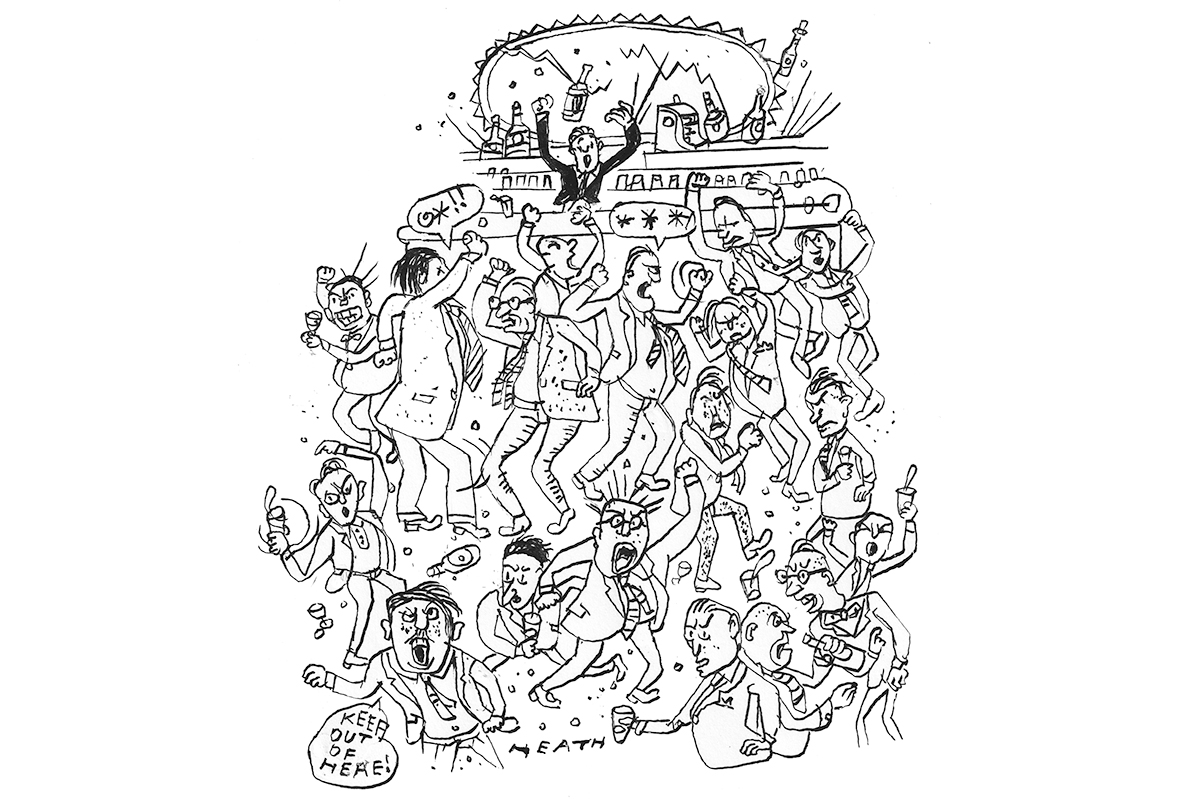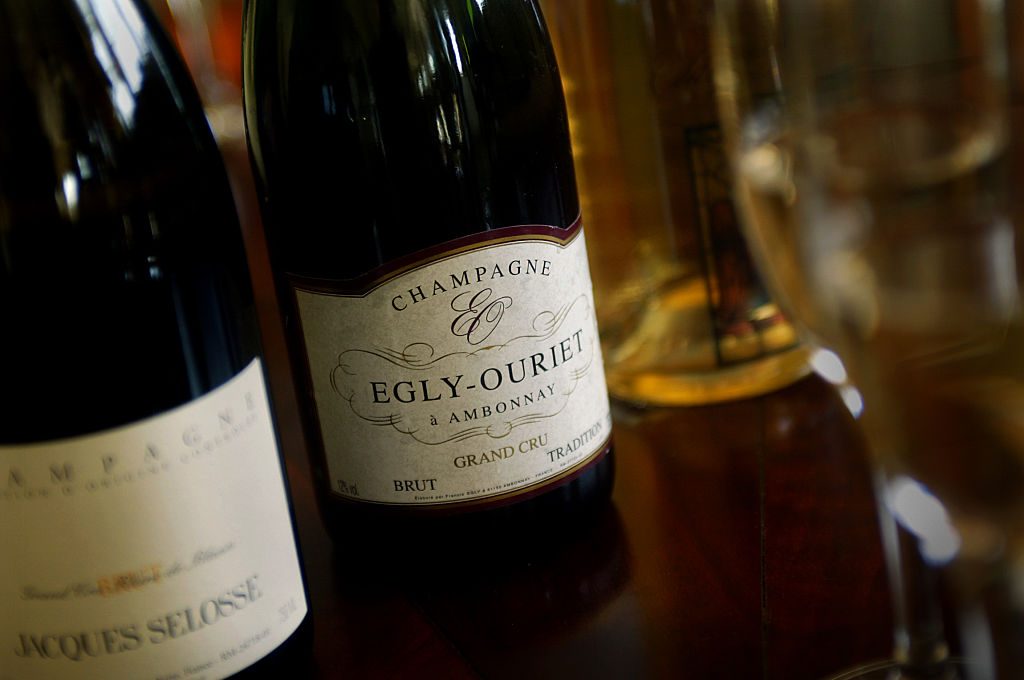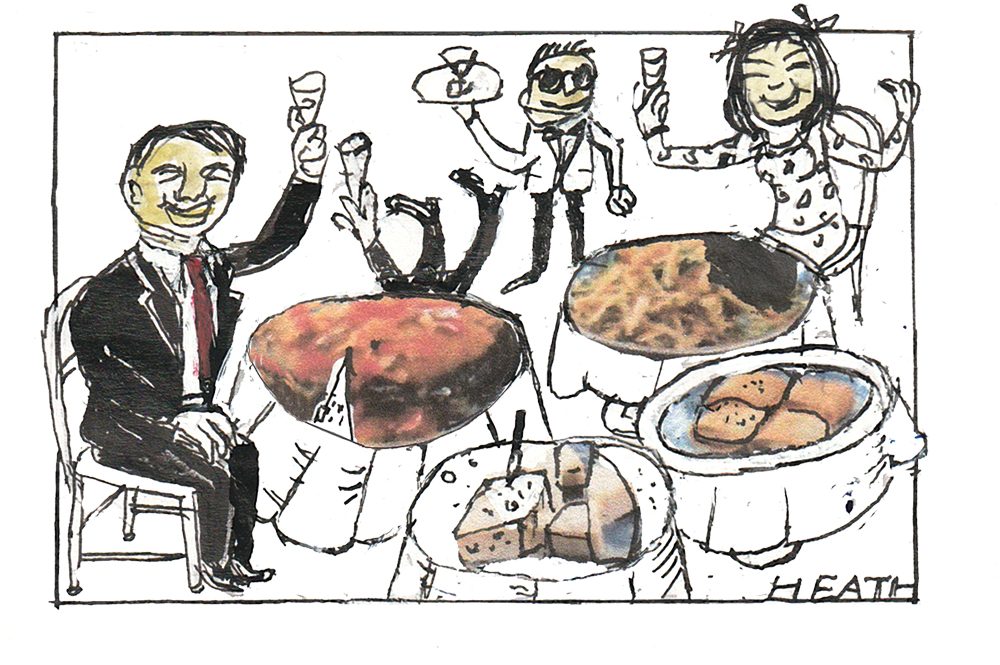Every good vintner deserves a good origin story. David Bruce, the founder of the eponymous winery in the Santa Cruz hills, has one of the best. When he was at medical school at Stanford in the 1950s, he chanced upon Alexis Lichine’s classic book The Wines of France. Lichine said some fancy and evocative things about the great wines of Richebourg in Burgundy.
Bruce padded down to a wine shop in San Francisco and collared a bottle of 1954 Domaine de la Romanée-Conti Richebourg. “The minute I opened this bottle of wine,” he recalled, “the whole room was pervaded by this floral, spicy aroma.” Here’s the kicker: “I remember thinking, I guess you get what you pay for.” Oh yeah? He paid $7.50 for the bottle. I should perhaps point out that 1954 was an indifferent year in Burgundy. Still, blood will tell. Mr. Google informs me that the average price for a bottle of that vintage today is $11,729.
Anyway, the budding dermatologist went on to recall that, “As I was drinking that wine with supper, I was imagining myself on top of some mountain, walking through a Pinot Noir vineyard… This window opened before me. I did not have a choice. I simply had to do it. My lifelong commitment was simply to make the ‘greatest Pinot Noir.’ I was put on earth to make the great Pinot Noir and to prove that Pinot Noir was here to stay in California.”
It’s good to have something to strive for. Bruce went on to create an important vineyard that, though it came to specialize in Pinot Noir, took stabs at several other varietals. He early on discovered that Cabernet just wasn’t going to work in the soil and climate of the forty-odd acres he acquired in the early 1960s, but Chardonnay flourished.
Indeed, his Chard was distinguished enough to catch the attention of the great wine connoisseur Steven Spurrier, who tapped a 1973 David Bruce Chardonnay to be among the ten whites he included in his famous 1976
Judgment of Paris tasting. True, it came in last in that original competition. But it was last among a pack of thoroughbreds and, besides, Bruce got his own back in 1991 when, in a reprise of the contest, his Estate Chardonnay beat out a $900 Bâtard Montrachet.
For many years, Bruce’s profession as a doctor competed with (and paid for) his vocation as a winemaker, but in the 1980s he gave up on acne and carcinomas for oak, terroir and viticulture. His medical training stood him in good stead, however, as demonstrated by his booklet Ten Little Known Medical Facts About Wine That You Should Know. He was one of the first to suggest that resveratrol in red wine increased good cholesterol and reduced bad cholesterol. He even recommended that hospitals put wine on menus for their patients. He also encouraged the elderly to take a glass of wine daily to improve their appetite and, curiously, to “raise their self-esteem.”
The first commercial release from David Bruce Winery came in 1966. Within a decade it became a powerhouse. Bruce sourced grapes from neighboring vineyards as well as his own properties, and at one point was producing some 80,000 cases of Pinot Noir annually. By the time Bruce died in 2021 at eighty-nine, that production had more than halved, with a corresponding boost in seriousness. By then Bruce had stepped back from active participation in the winery, leaving its management to his wife and some of his children.
I had recently occasion to sample several wines from the David Bruce vineyard with some friends, a Chardonnay and a Syrah as well as several Pinots. All can be yours for between $45 and $55 a bottle. A 2007 Pinot Noir was the only real disappointment. Hamlet might have muttered something about how it made him feel weary, stale, flat and unprofitable, but then Hamlet was always a petulant youth. The 2019 Chardonnay Estate Santa Cruz Mountains was, with the 2021 Pinot Noir Central Coast, a real standout. Both were very well structured and listed toward a lingering lusciousness. I intend to order some of both.
I am told the winery is undergoing a serious reorganization with serious new attention to improving its infrastructure, management and viticulture. That is good news, for it means that David Bruce will not only have been a pioneer in bringing Pinot Noir to this part of California, but also that his winery will continue to be a source of quality Pinot (and Chardonnay) in the future.
This article was originally published in The Spectator’s August 2023 World edition.



